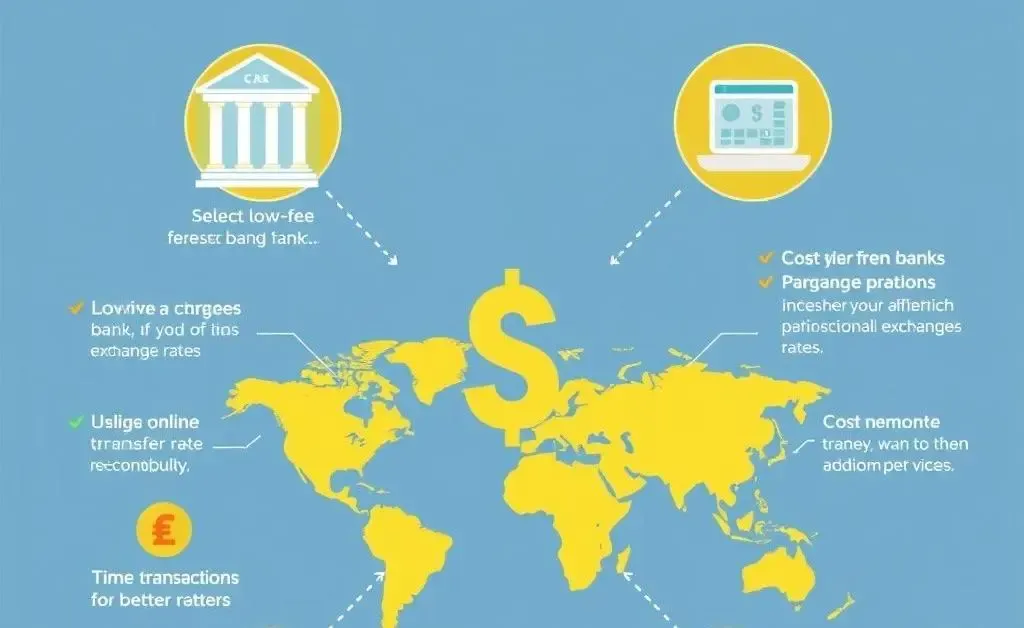Navigating Non-SEPA Bank Transfers: What You Need to Know
Discover key insights on handling non-SEPA international bank transfers effortlessly.

Ever found yourself scratching your head over an unexpected bank fee? You’re not alone. When it comes to non-SEPA (Single Euro Payments Area) transfers, understanding the fees and processes involved can feel like navigating a labyrinth. But fear not, my friend! We’re here to unravel these complexities together.
What Are Non-SEPA Transfers?
Non-SEPA transfers involve sending money from an account in a SEPA country to one that's outside the SEPA zone. For instance, imagine you’re transferring money from your Irish bank to an account in the United States. This simple act falls under the non-SEPA category, often accompanied by its own set of rules and fees.
Understanding the Costs
The cost of a non-SEPA transfer can vary significantly depending on your bank and the recipient's location. Typically, you might encounter charges like:
- Transfer fees: These can be flat fees or a percentage of the transfer amount.
- Currency conversion rates: Banks often add their markup on the exchange rate, affecting how much your recipient will actually get.
- Intermediary bank charges: In some instances, intermediary banks involved in the process might deduct their fees, further shrinking the total sum.

How to Minimize These Costs
Now that we know what costs to expect, let’s talk about how to minimize them:
- Compare bank fees: Different banks offer different fee structures for international transfers, so it's worth comparing to find the most economical option.
- Use transfer services: Consider using specialized money transfer services like Wise or Revolut, which often provide competitive exchange rates and lower fees.
- Plan transfers: Avoid last-minute transfers which might incur higher fees. Planning gives you the flexibility to wait for favorable exchange rates.

Ensuring Safe and Secure Transfers
With financial transactions, security should always be a priority. Here are a few tips:
- Verify recipient details: Double-check all account numbers and bank information to ensure accuracy.
- Choose trusted platforms: Always opt for well-established banks or financial services with good reputations.
- Use security features: Enable two-factor authentication where available for an added layer of security.
Musing Over Coffee
So next time you find yourself initiating a non-SEPA transfer, remember these insights. Armed with this knowledge, you can avoid those pesky fees and ensure your money reaches its destination safely. What tricks have you discovered for managing international transfers?





